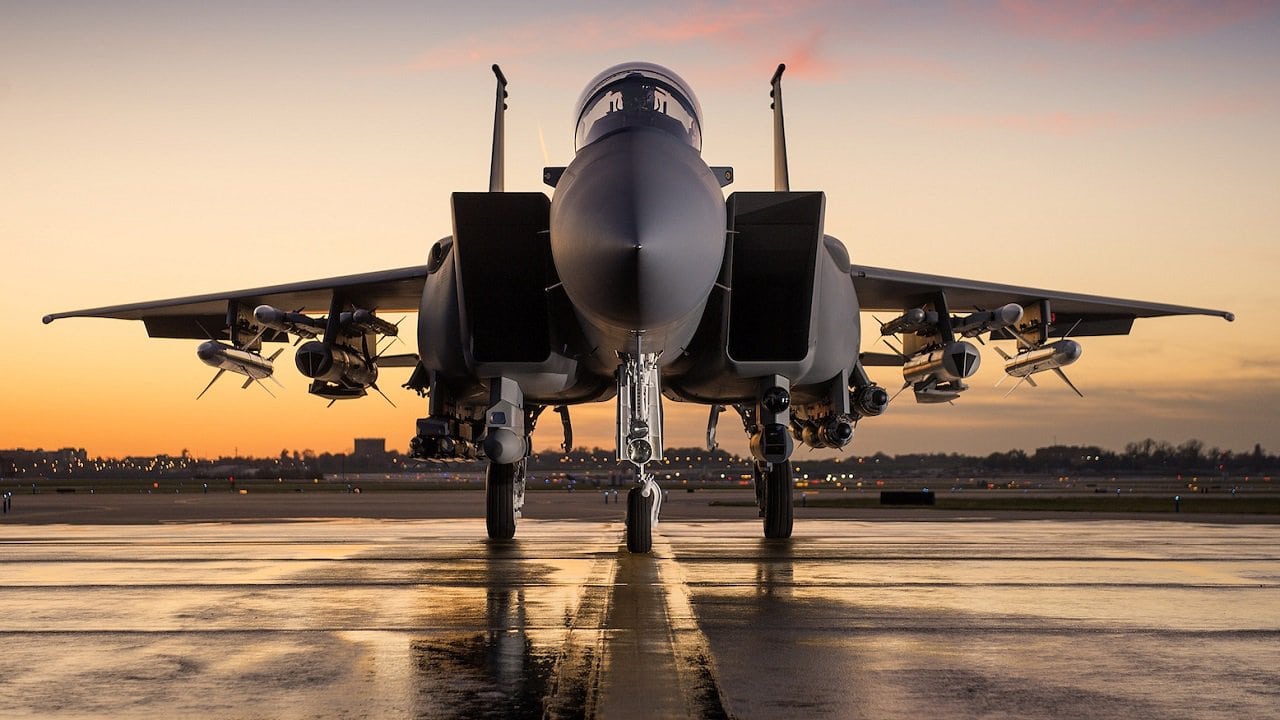Last week, the U.S. Marine Corps and the Royal Saudi Armed Forces kicked off a joint military exercise in Saudi Arabia. Dubbed Native Fury 22, the series of drills centers on coordinating mobilization, logistics operations, and deployment, according to Saudi Arabia state news outlets.
Native Fury 22 is the latest marker of strengthening U.S.-Saudi ties. In early August, U.S. Central Command published a press release outlining the itinerary for a joint U.S.-Saudi military drill called Exercise Eagle Resolve 23, which is scheduled for May-June 2023. Similar to Native Fury, Eagle Resolve is designed to improve collaborative responses to “the complexity of the current and emerging regional threats in the U.S. Central Command area of responsibility.”
While the Saudi-U.S. relationship started off on shaky ground when the Biden administration took office, the recent joint efforts suggest this alliance will play an important role in the future of the Middle East.
Return to a Historical Partnership
The Saudi Ministry of Defense outlined the ongoing Native Fury 22 exercise in state-affiliated news agencies. Hosted by the Kingdom, drills involve Saudi officials from several ministries and organizations. Arab News reported that Native Fury 22’s objective is to “give personnel an opportunity to practice and train in the implementation of bilateral military, operational and logistical plans; strengthen Saudi and American military coordination and partnership; improve joint-working capabilities; and gain experience in the use of the Kingdom’s military bases and road networks.” The Marine Corps Forces Central Command shared a similar view via Twitter last week, stating that “Marines and Sailors with CLR-1, 1st MLG, arrive in the Kingdom of Saudi Arabia, for the 8th iteration of interoperability, logistical operations with Saudi Armed Forces.”
The start of the month-long military exercise in Yabu coincided with the White House’s approval of two massive arms sales to the United Arab Emirates and Saudi Arabia. Worth more than $5 billion combined, the agreements revealed a major shift in the Biden administration’s Gulf policy. During Biden’s campaign, the president referred to Riyadh as a “pariah state,” signaling U.S. military aid to the Gulf country would come under review due to the Kingdom’s human rights record. However, Iran’s malicious behavior in the region has pushed America back to its historical Gulf allies in the name of mutual defense.
Replenishing Missile Stocks
Under the U.S.-approved arms deal with Riyadh, Saudi Arabia would buy 300 MIM-104E Patriot missiles. In addition to the missiles, control stations, fire control, and other assets are set to be delivered to Riyadh. According to the State Department, the sale of Patriot missiles is intended to replenish the dwindling Saudi stockpile. “These missiles are used to defend the Kingdom of Saudi Arabia’s borders against persistent Houthi cross-border unmanned aerial system and ballistic missile attacks on civilian sites and critical infrastructure in Saudi Arabia,” the Department stated.
The Patriot missile is a surface-to-air missile system that was named after its radar component. While it is primarily used by the U.S. Army, the missile has been exported to various allied countries – including Saudi Arabia. The civil war in neighboring Yemen has seen the Royal Saudi Armed Forces use the Patriot to fend off Houthi-launched barrages. Indeed at the beginning of 2022, the Saudi military launched Patriot missiles at a barrage of rockets launched by the Houthis, targeting Saudi airspace. The Saudis claimed that seven of their Patriot missiles struck the intended targets, proving the worth of the country’s missile stockpile.
According to the Stockholm International Peace Research Institute, Riyadh procured almost one-quarter of all U.S. weapons sold between 2017 and 2021. That staggering figure illustrates the critical role the Kingdom has played for the U.S. defense industry in recent years. During the onset of the Biden presidency, however, restrictions were put in place that froze weapons sales that had gone untouched for decades. The reversal in the White House’s weapons policy toward the Saudis has everything to do with the Islamic Republic of Iran. Although the current administration has tried to shift the focus of U.S. policy away from the Middle East and onto the People’s Republic of China, Tehran’s behavior has made this objective nearly impossible.
Expert Biography: Maya Carlin is a Middle East Defense Editor with 19FortyFive. She is also an analyst with the Center for Security Policy and a former Anna Sobol Levy Fellow at IDC Herzliya in Israel. She has by-lines in many publications, including The National Interest, Jerusalem Post, and Times of Israel.

